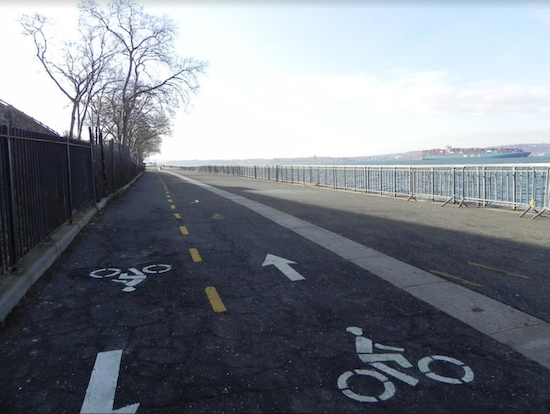Bike riders say ‘Dutch Reach’ reduces ‘dooring’ crash risk

In the Netherlands, it’s common practice when exiting a car to perform a twisting maneuver called the Dutch Reach. Transportation safety advocates on this side of the Atlantic Ocean are hoping it catches on here.
In the wake of two “dooring” crashes in Brooklyn, in which bike riders were struck by car doors flung open by drivers who didn’t look to see if anyone was coming, advocates are pushing the Dutch Reach as a way to reduce the risk of death and injury.
Here’s the Dutch Reach in a nutshell: Instead of using your near arm to open a car door, you use your opposite arm. That simple change of habit forces you to swivel your body and in doing so, you can look in the car’s mirror to see if a bicyclist is approaching. The maneuver was developed in the Netherlands decades ago and has become common practice in that country.

Brooklyn Boro
View MoreNew York City’s most populous borough, Brooklyn, is home to nearly 2.6 million residents. If Brooklyn were an independent city it would be the fourth largest city in the United States. While Brooklyn has become the epitome of ‘cool and hip’ in recent years, for those that were born here, raised families here and improved communities over the years, Brooklyn has never been ‘uncool’.